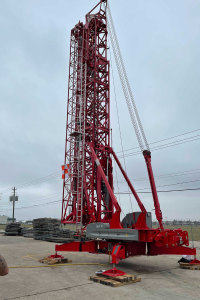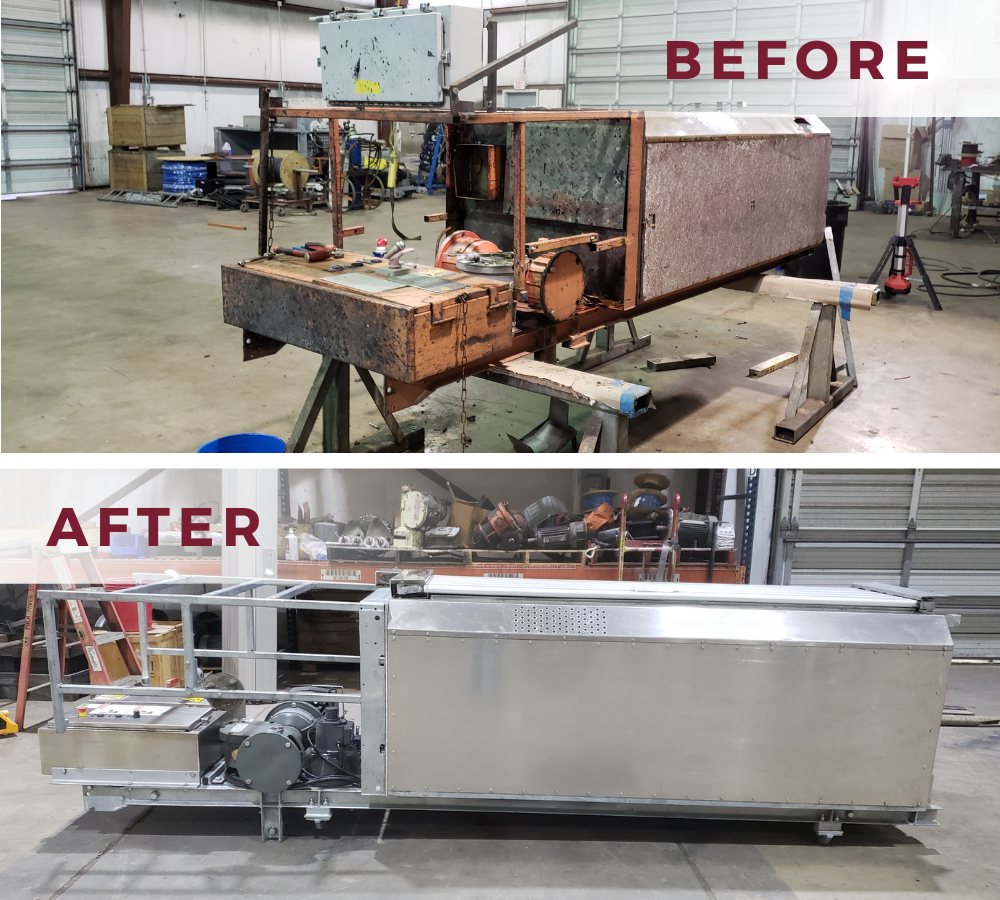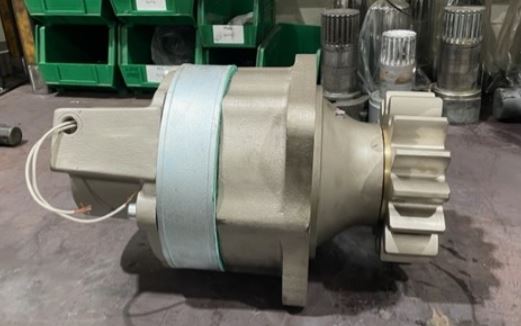When gazing upon the city skyline, construction cranes are a familiar sight. These colossal structures play a crucial role in major building ventures. But the process of bringing them to life and situating them on-site remains a mystery to many. Let’s explore this intriguing journey.
What are the parts of a construction crane?
To grasp the construction process, it’s crucial to first understand the crane’s primary parts:
Foundation: This is firmly fixed to the ground, providing the necessary support for the crane’s operations.
Vertical Shaft: This steel pillar gives the crane its height.
Rotation Mechanism: Positioned on top of the shaft, this allows the crane to turn.
Vertical Shaft: This steel pillar gives the crane its height.
Rotation Mechanism: Positioned on top of the shaft, this allows the crane to turn.
Arm: This part extends out and is responsible for lifting materials.
Balancing Weights: Essential for maintaining the crane’s stability during operations.
Balancing Weights: Essential for maintaining the crane’s stability during operations.
Control Booth: The hub where all crane operations are managed.
How is a construction crane built?
Crafting: The inception of a crane takes place in dedicated factories. Here, individual parts are shaped, ensuring they meet the rigorous demands of weightlifting tasks.
On-site Erection:Most cranes aren’t fully constructed at factories. Instead, the bulk of their erection happens on-site due to their sheer size.
The assembly generally follows:
Step 1: The foundation is prepared, often using a concrete mix for secure anchorage.
Step 2: The vertical sections are stacked sequentially, with the aid of auxiliary equipment.
Step 3: Once the required height is met, the rotation mechanism and control booth are affixed.
Step 4: Finally, the arm is mounted, followed by the placement of balancing weights.
Step 2: The vertical sections are stacked sequentially, with the aid of auxiliary equipment.
Step 3: Once the required height is met, the rotation mechanism and control booth are affixed.
Step 4: Finally, the arm is mounted, followed by the placement of balancing weights.
How are construction cranes transported?
Given their gargantuan dimensions, shifting cranes is a formidable task. Here’s a glimpse of the procedure:
• Segmented Structure: Modern-day cranes can be disassembled into manageable sections, facilitating easier transport.
• Tailored Vehicles: Owing to the hefty and bulky crane segments, trucks specifically designed for this purpose are employed.
• Navigation Strategy: Due to the unique size of the cargo, meticulous route planning is pivotal. This often involves liaising with local authorities and obtaining necessary permissions.
• Site Reassembly: Upon arrival, the crane segments are methodically reassembled, leveraging other machinery as needed.
• Tailored Vehicles: Owing to the hefty and bulky crane segments, trucks specifically designed for this purpose are employed.
• Navigation Strategy: Due to the unique size of the cargo, meticulous route planning is pivotal. This often involves liaising with local authorities and obtaining necessary permissions.
• Site Reassembly: Upon arrival, the crane segments are methodically reassembled, leveraging other machinery as needed.
The creation and relocation of cranes underscore the marvels of contemporary engineering. Observing these behemoths at work provides a window into the intricate processes and planning behind the scenes.
Looking to implement a crane in your construction project? Contact us today for a quote:






